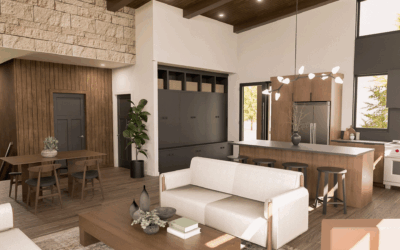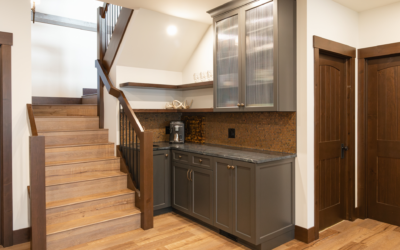For many people, the dream of owning a home or cottage extends beyond enjoying it for a few years; it’s about creating a space where they can age comfortably and safely. “Ageing in place” refers to the idea of staying in your home as you grow older, and planning for this can involve smart design choices that increase convenience, reduce maintenance, and ensure long-term livability.
If you’re considering ageing in place, whether in a cottage by the lake or your custom-built home, here are some important factors to keep in mind:
Low-Maintenance Features
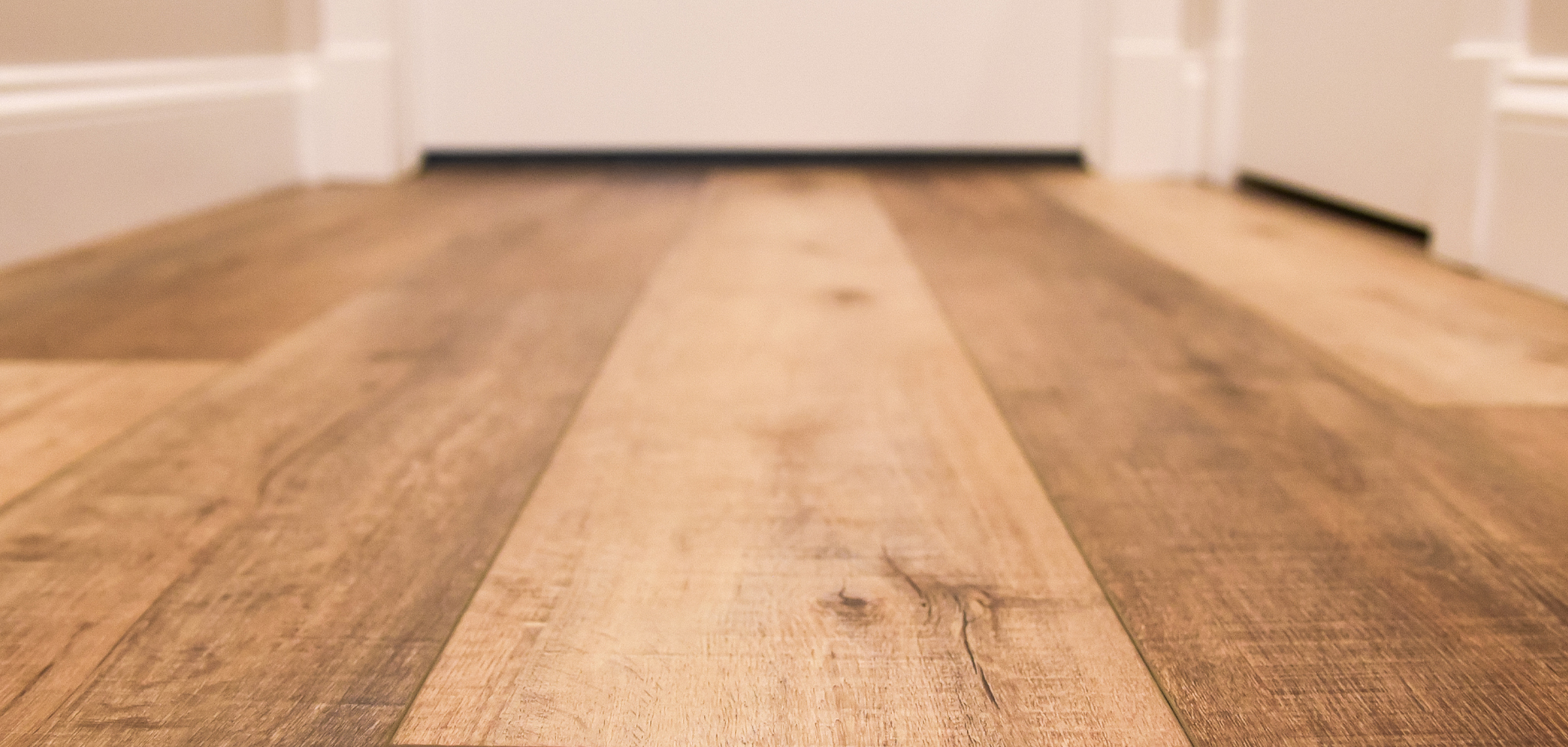
As we age, the desire for simplicity and ease often becomes a priority, and low-maintenance features can significantly enhance your living experience. Opt for exterior materials that require little upkeep, such as durable vinyl siding or metal roofing, which can withstand the elements without the need for frequent repairs. Inside, choosing hardwood or tile floors over carpets can minimise cleaning efforts and reduce potential tripping hazards.
Additionally, consider landscaping that is easy to manage. Instead of a sprawling lawn, opt for native plants or perennial gardens that thrive with minimal care. Hardscaping features like stone walkways or a small patio can also reduce yard maintenance and increase outdoor accessibility.
Single-Level Living
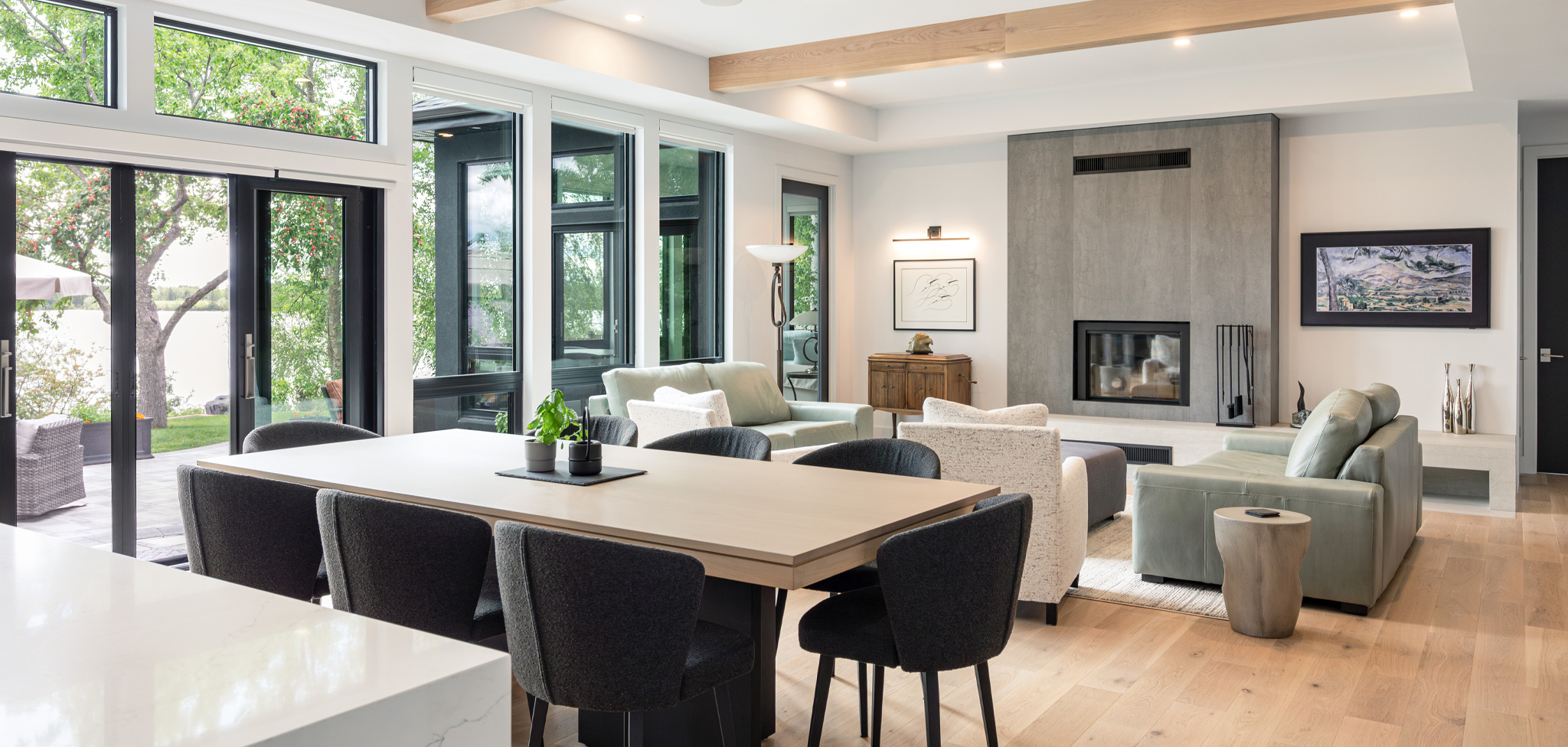
Image By New Copper Photography
When thinking about long-term comfort, accessibility should be a top concern. Bungalows and ranch-style homes offer a practical solution, with everything on one floor. This layout eliminates the need for stairs, which can become challenging over time, especially if mobility becomes an issue.
Designing wider hallways and doorways can also accommodate walkers or wheelchairs, and open floor plans make movement between rooms more effortless. Building with aging in place in mind allows for easy transitions if the need for additional mobility support arises in the future.
Convenient Design for Daily Living
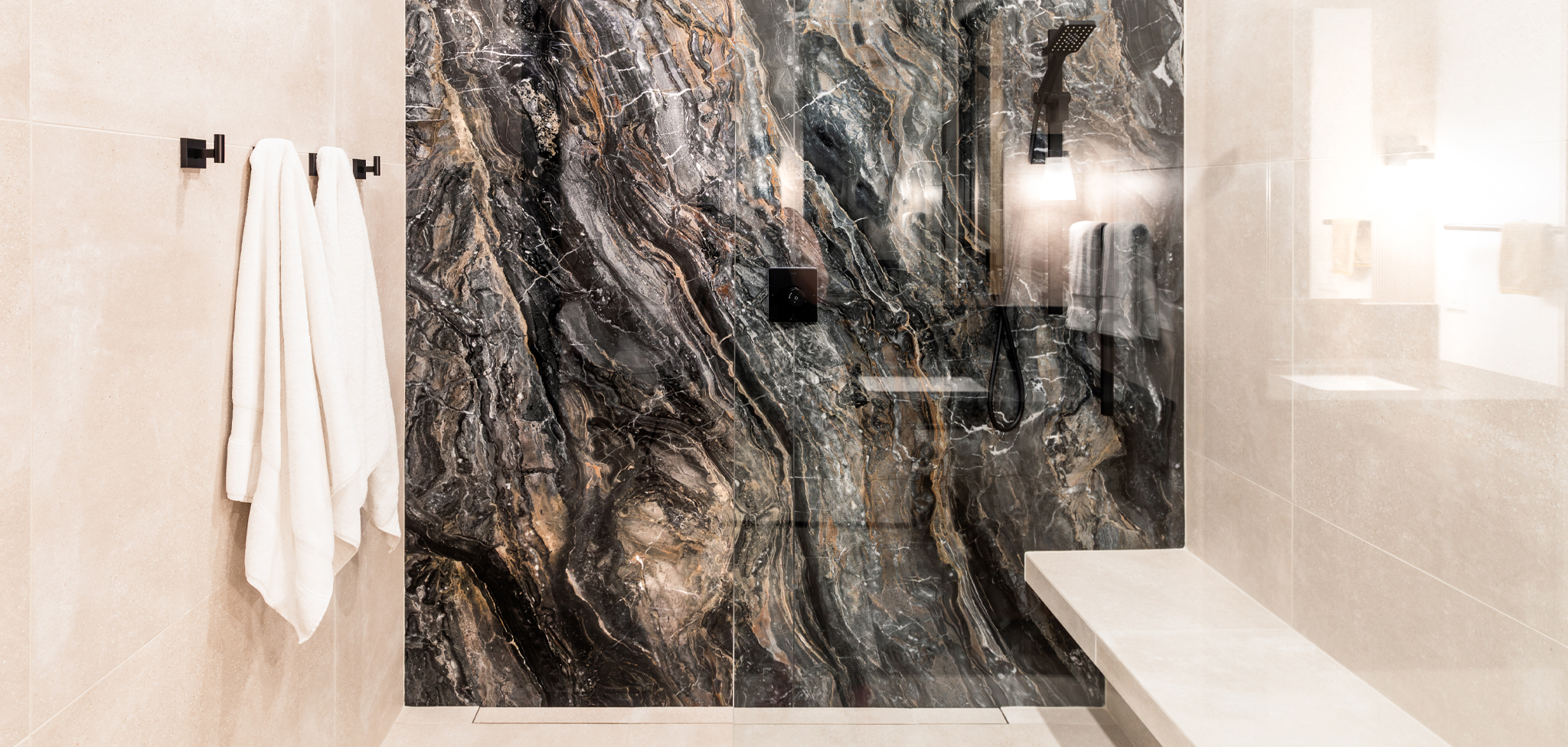
Image By New Copper Photography
A home designed for ageing in place should focus on convenience and ease of use. Consider some of these features to make everyday life more accessible and enjoyable:
Garage to Pantry Door:
Imagine coming home from the store and having a direct door from your garage to your pantry. This reduces the need to carry groceries through multiple rooms and adds a layer of convenience that will be appreciated over the years.
Future Needs:
Doing laundry on another floor may seem simple now, but as we age, it becomes less practical. A laundry room on the same level as your main living space makes this everyday task far easier.
Accessible Showers and Bathrooms:
Barrier-free showers, grab bars, and raised toilets are simple features that can make a world of difference in maintaining independence as you age. Non-slip flooring in bathrooms is also essential for reducing the risk of falls.
Smart Home Technology
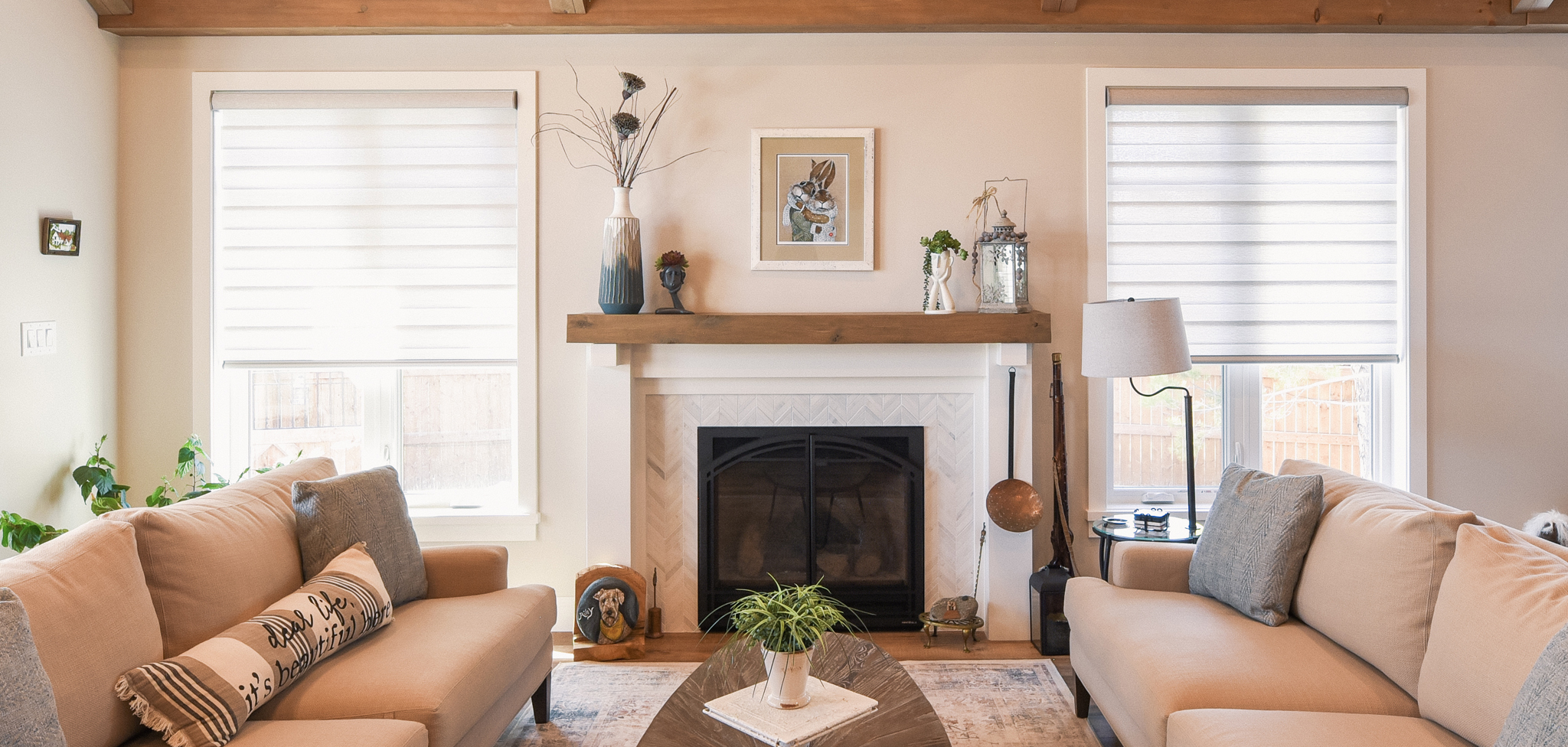
Technology can make ageing in place not only easier but also safer. Consider incorporating smart home features that can be adjusted to your changing needs. Motion sensor lighting can illuminate dark areas, preventing accidents, while smart thermostats allow for easy climate control without getting up to adjust the settings manually. Along with home security systems, including video doorbells, can offer peace of mind by allowing you to monitor who’s at your door without having to get up.
Thinking Ahead: What to Consider
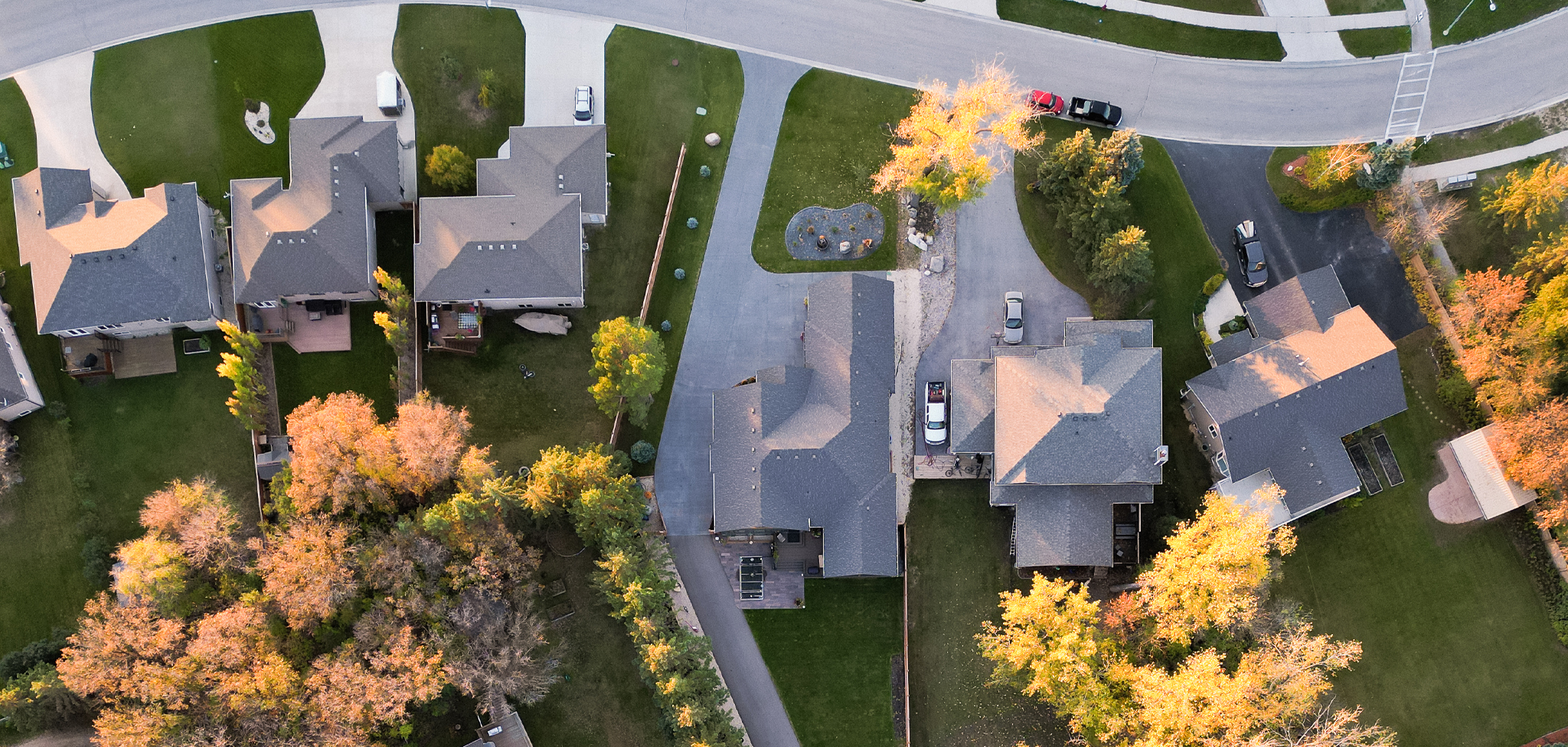
When designing a home or cottage for ageing in place, it’s crucial to think beyond the immediate future. You may not need wider hallways or accessible showers today, but building with these features in mind ensures that your home remains functional as your needs change.
Another key consideration is proximity to healthcare and essential services. While a cottage may offer peaceful seclusion, it’s important to think about how close you are to medical care, grocery stores, and other necessities. Long-term, having reliable transportation or being near family and friends who can help out will make a significant difference.
Conclusion
Ageing in place doesn’t mean sacrificing style or comfort. It’s about creating a space that works for you today and continues to meet your needs in the future. Whether you’re building a new home or renovating your existing cottage, focusing on accessibility, convenience, and low-maintenance features can help you enjoy your home for decades to come.


